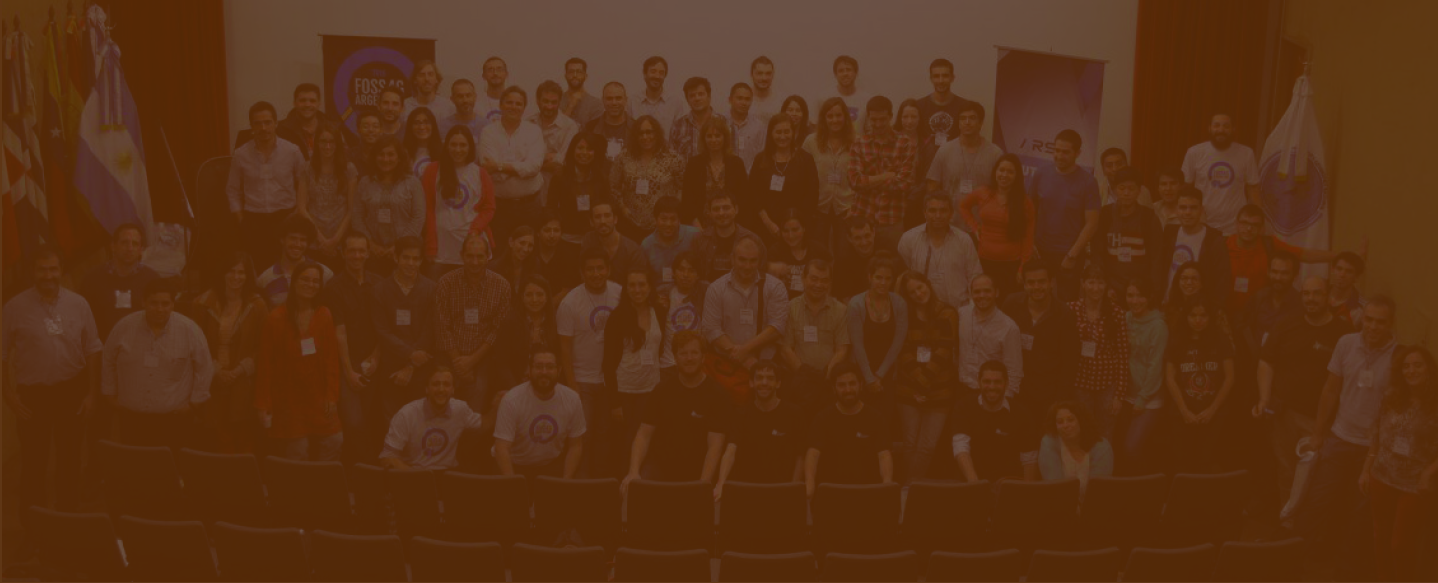2021-09-27, 14:00–18:00, Group on Earth Observations
This workshop provides a hands-on introduction to sits, an open-source R package for satellite image time series analysis using machine learning. The package supports the complete cycle of data analysis for land classification, including data management, validation and quality assessment, filtering, classification, post-processing, and accuracy estimates. Its API provides a simple but powerful set of functions. The package works with analysis-ready data collections available in different cloud services such as AWS, Microsoft, and Digital Earth Africa. It supports a large number of machine learning and deep learning techniques, such as random forests, support vector machines, extreme gradient boosting, multi-layer perceptrons and 1D convolutional neural networks. It includes methods for sample quality control, model validation and accuracy assessment. The software is capable of processing large data sets (100-500 million ha) in an efficient matter. Software and documentation are available at github (https://github.com/e-sensing/sits).
Don't forget to register before we run out of tickets!
See the abstract above.
Workshop Sustainable Development, GEO
--
This workshop provides a hands-on introduction to sits, an open-source R package for satellite image time series analysis using machine learning. The package supports the complete cycle of data analysis for land classification, including data management, validation and quality assessment, filtering, classification, post-processing, and accuracy estimates. Its API provides a simple but powerful set of functions. The package works with analysis-ready data collections available in different cloud services such as AWS, Microsoft, and Digital Earth Africa. It supports a large number of machine learning and deep learning techniques, such as random forests, support vector machines, extreme gradient boosting, multi-layer perceptrons and 1D convolutional neural networks. It includes methods for sample quality control, model validation and accuracy assessment. The software is capable of processing large data sets (100-500 million ha) in an efficient matter. Software and documentation are available at github (https://github.com/e-sensing/sits).
Prof Dr Gilberto Camara, National Institute for Space Research - INPE, Brazil
email: gilberto.camara.inpe@gmail.com
3 - Medium. Advanced knowledge is recommended.
Requirements for the Attendees –The attendees should have at least a basic knowledge of the R statistical environment, and basic notions of Earth observation data. For those who are interested in learning more about R, please take a look at the on-line book “Hands-On Programming with R” by Garrett Golemund from RStudio. The attendees are also asked to take a look at the paper "Satellite Image Time Series Analysis for Big Earth Observation Data", published in the journal Remote Sensing (https://www.mdpi.com/2072-4292/13/13/2428/htm). Please also take a look at the online book on the sits package (https://e-sensing.github.io/sitsbook/).
Important information:
-
Attendees are requested to download and install the latest versions of R and RStudio in their machines. After downloading R and RStudio, please follow the instructions available at https://github.com/e-sensing/sits that describe how to install the sits R package.
-
Please obtain an access key to be able to use the Brazil Data Cube by registering in this website https://brazildatacube.dpi.inpe.br/portal/explore.
-
Attendees are requested to an account in Kaggle and make sure your account has a working internet connection.
-
Users can access the Kaggle notebooks for the course at the address https://www.kaggle.com/esensing/

